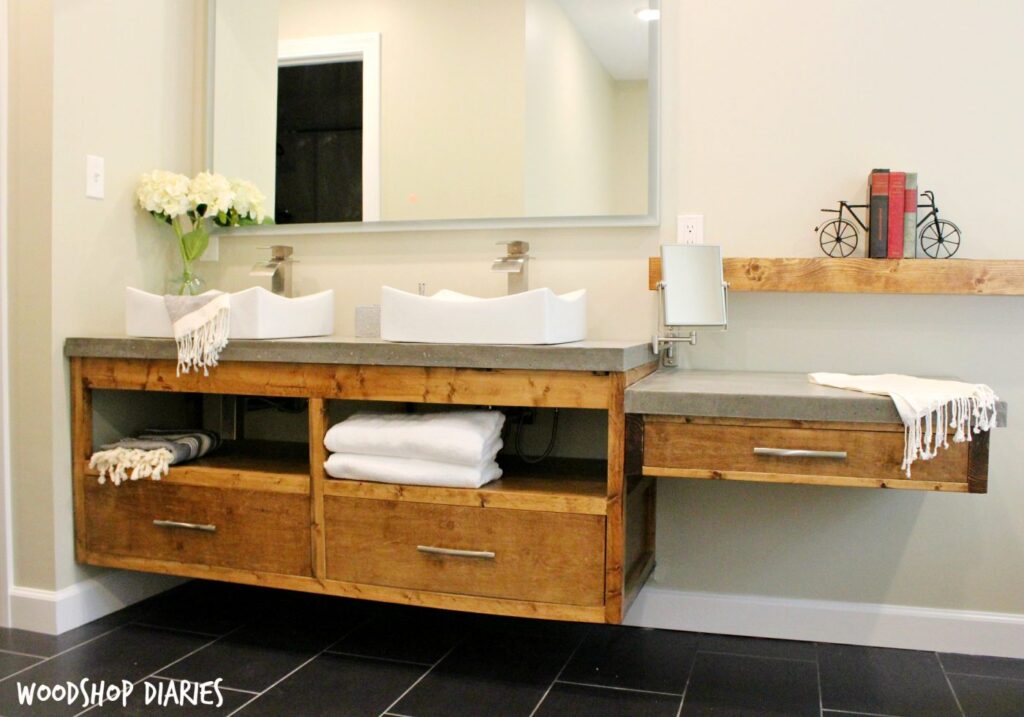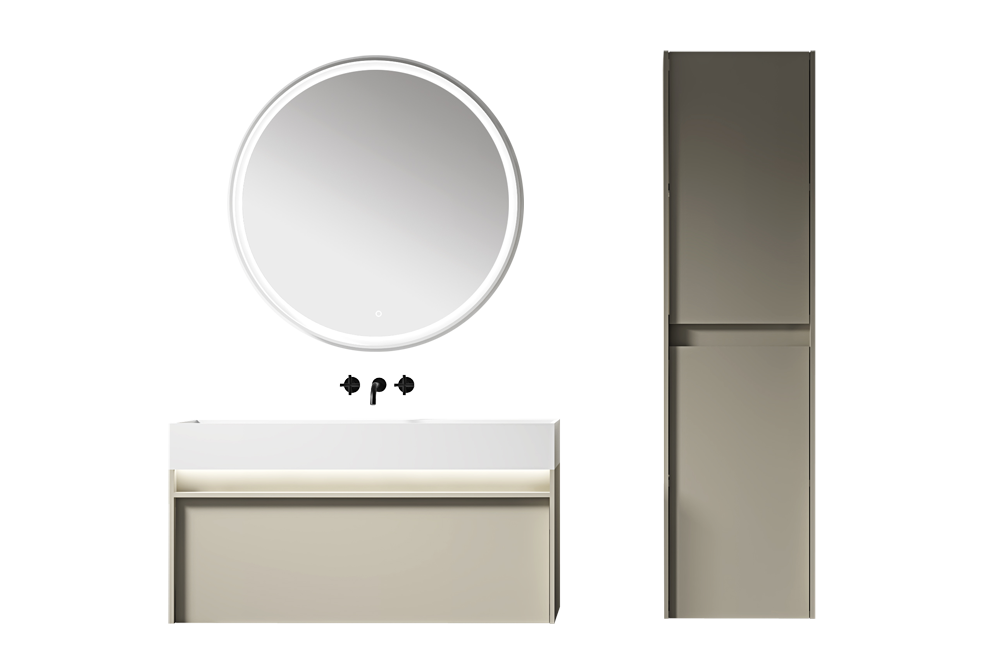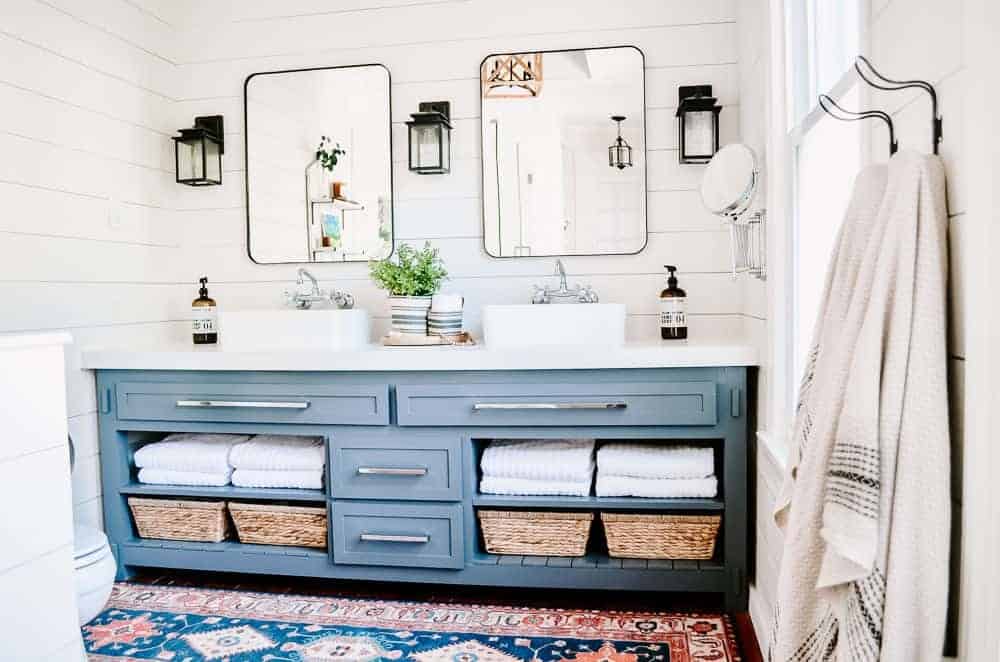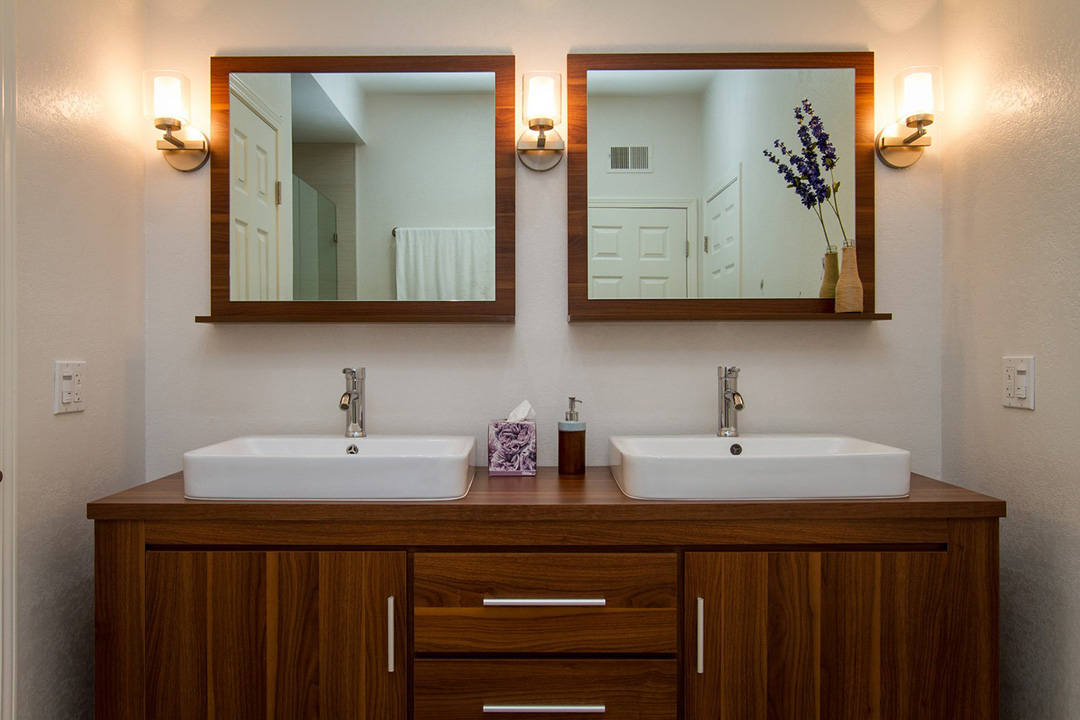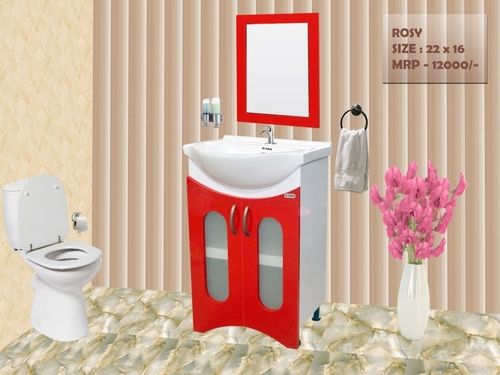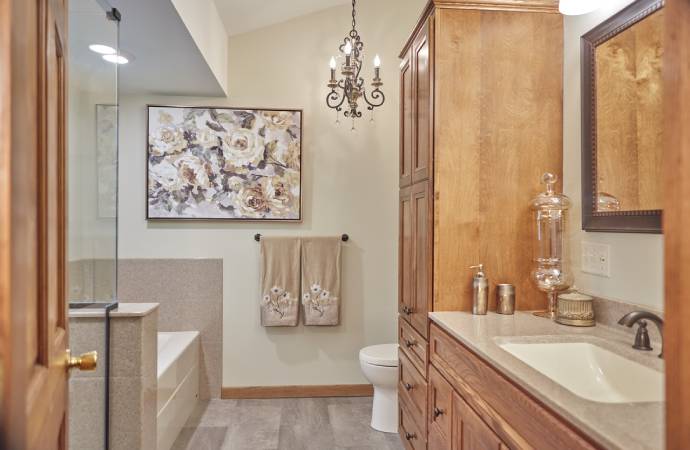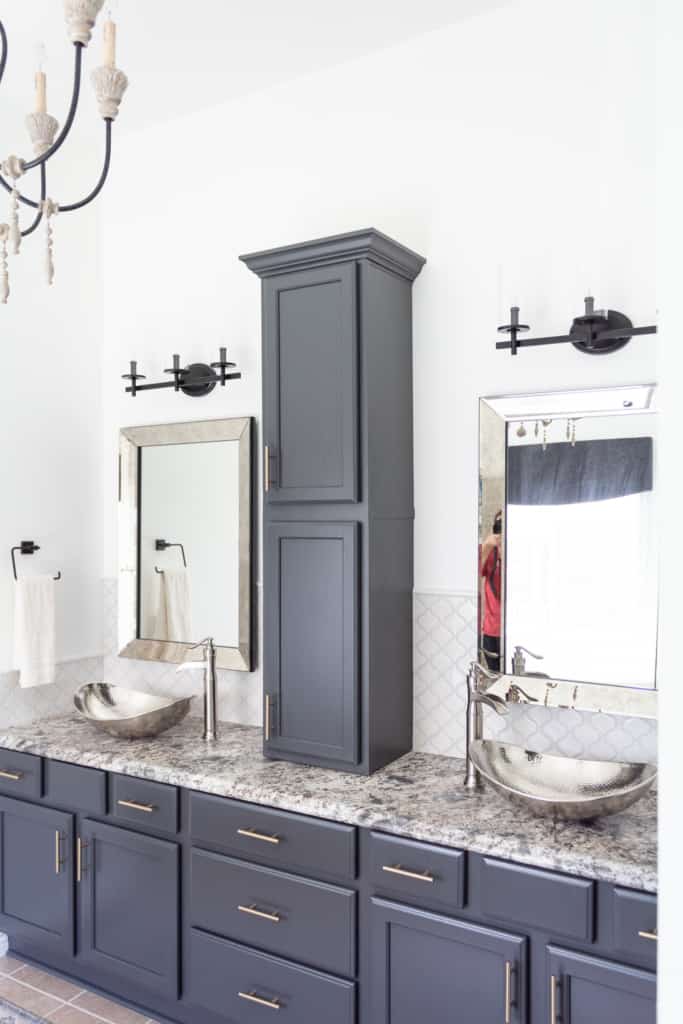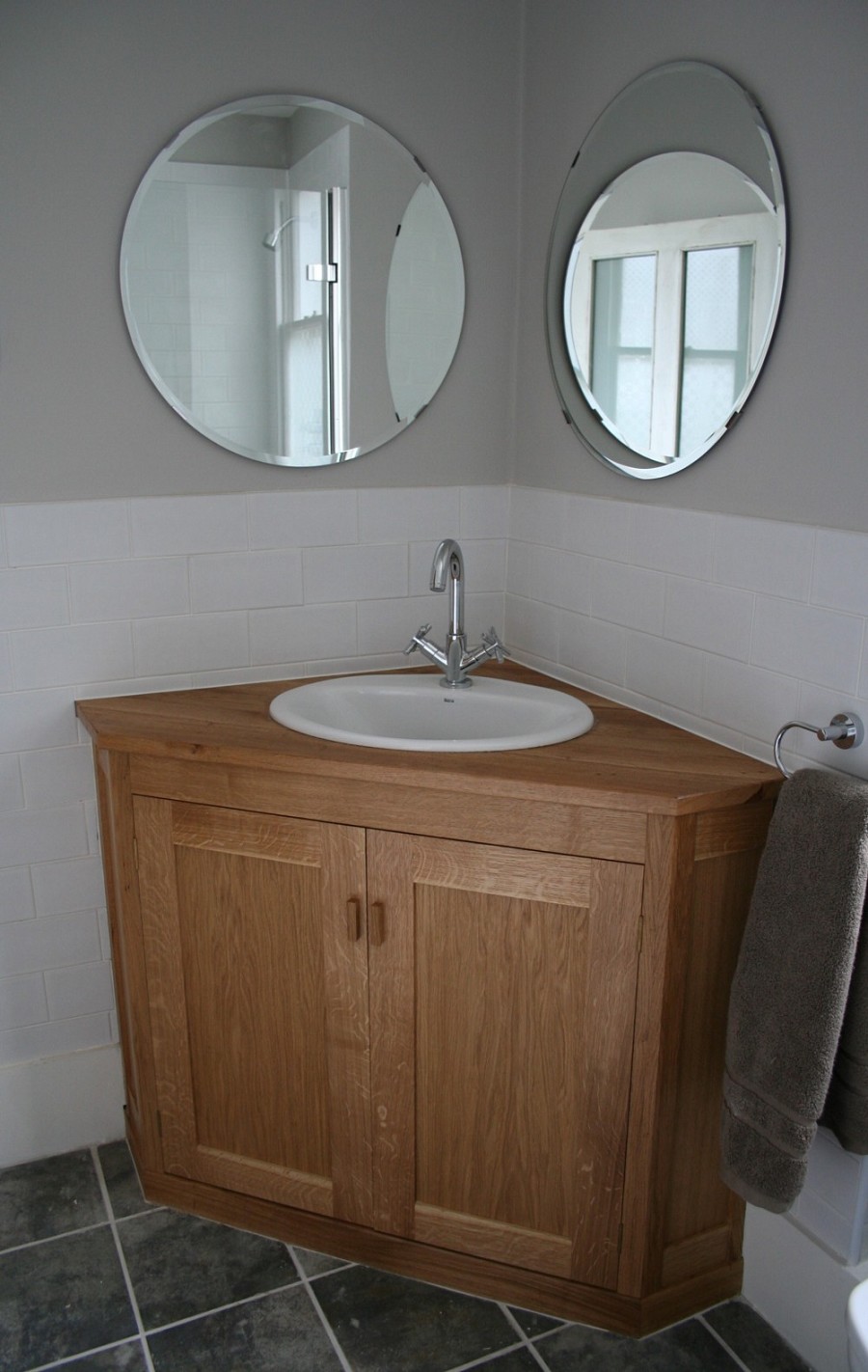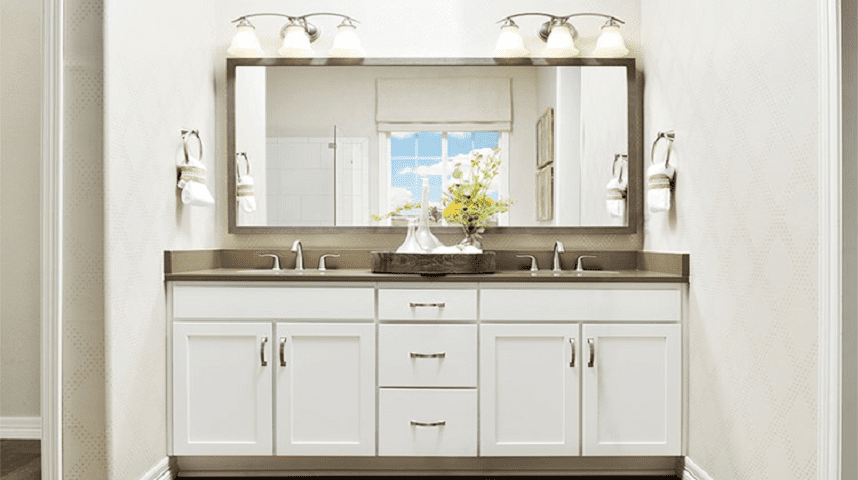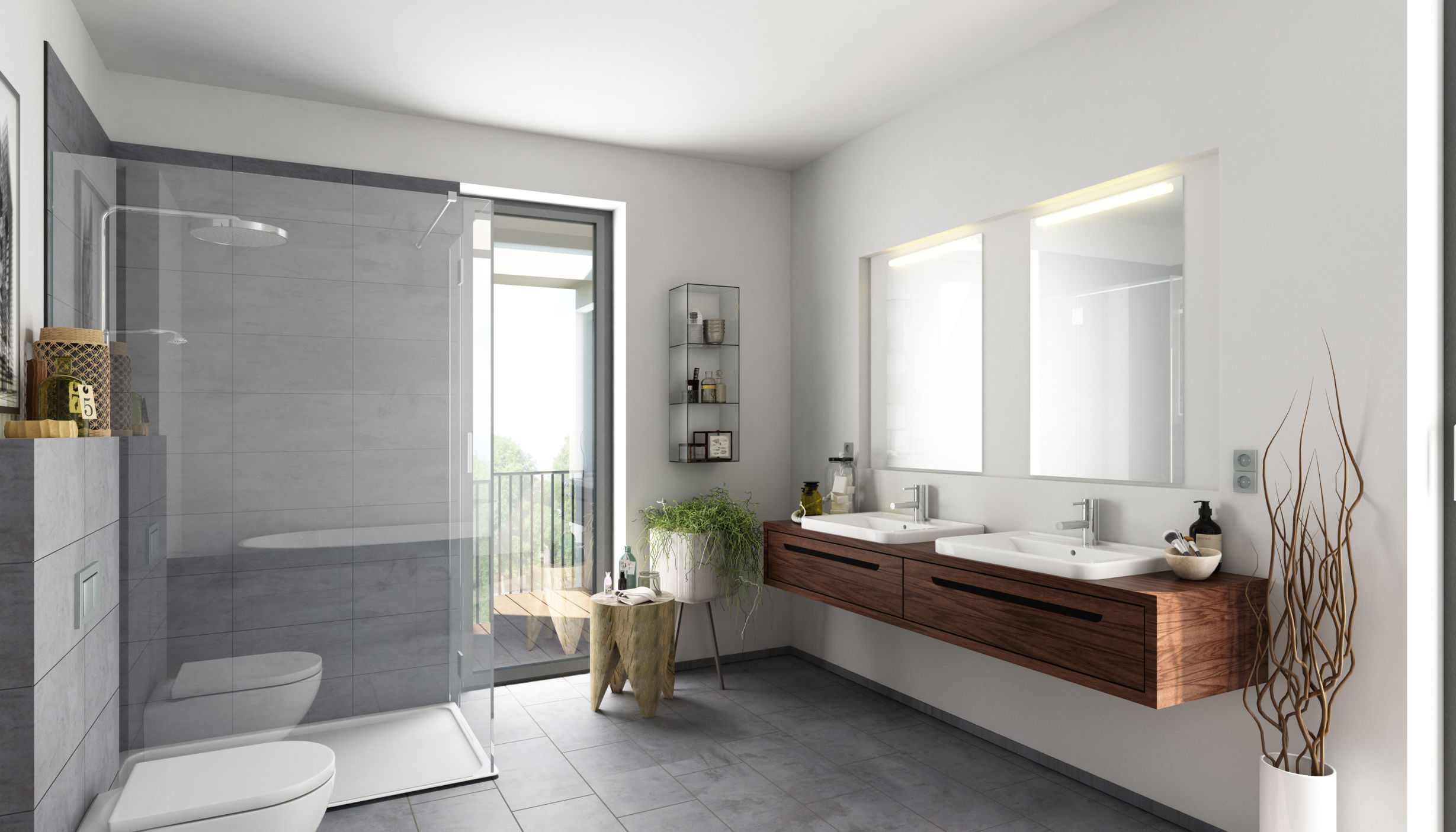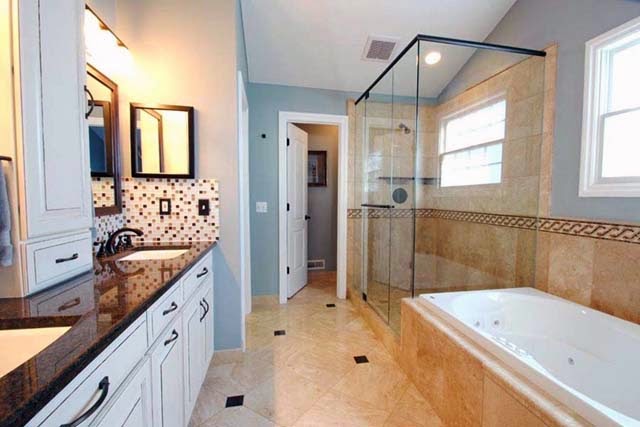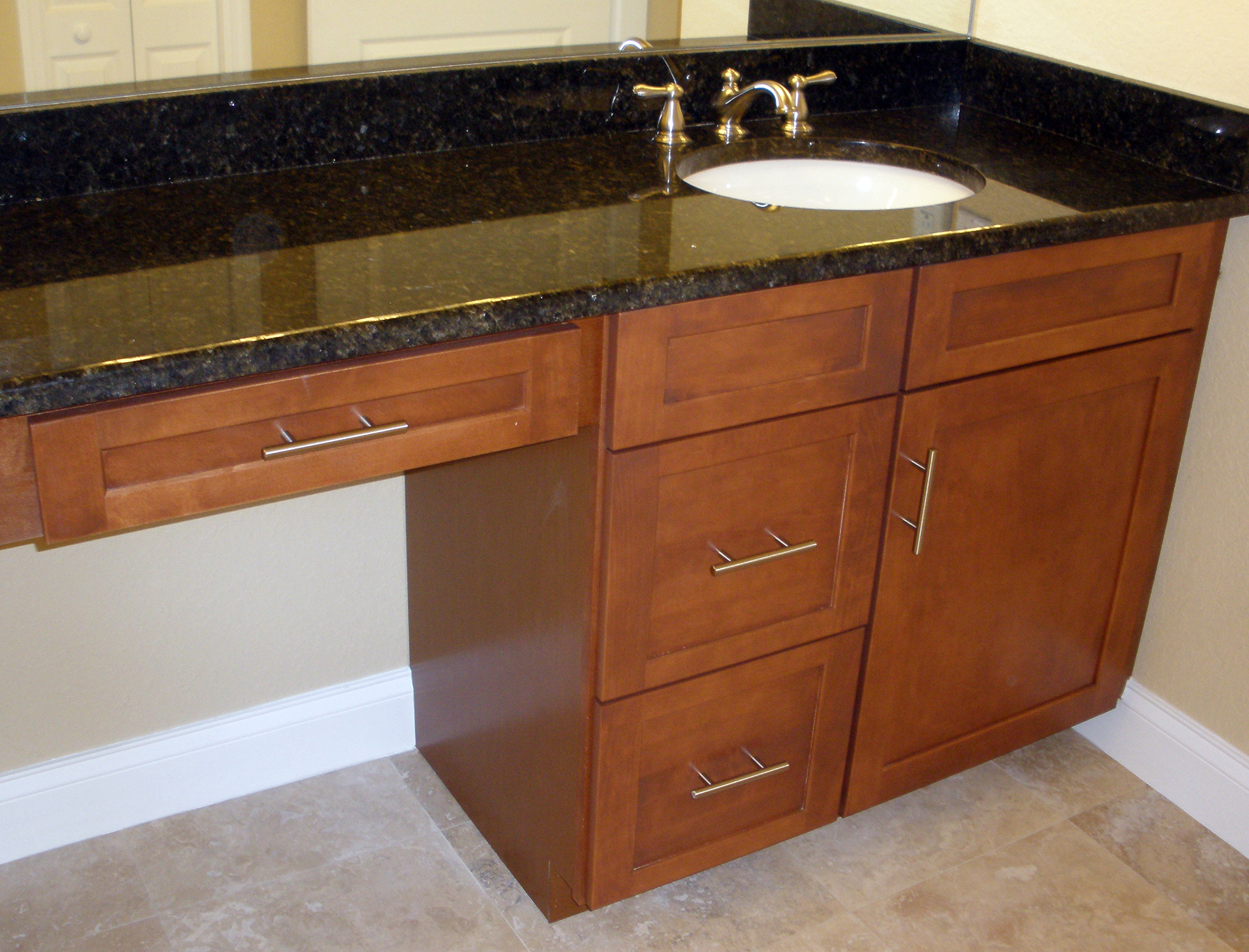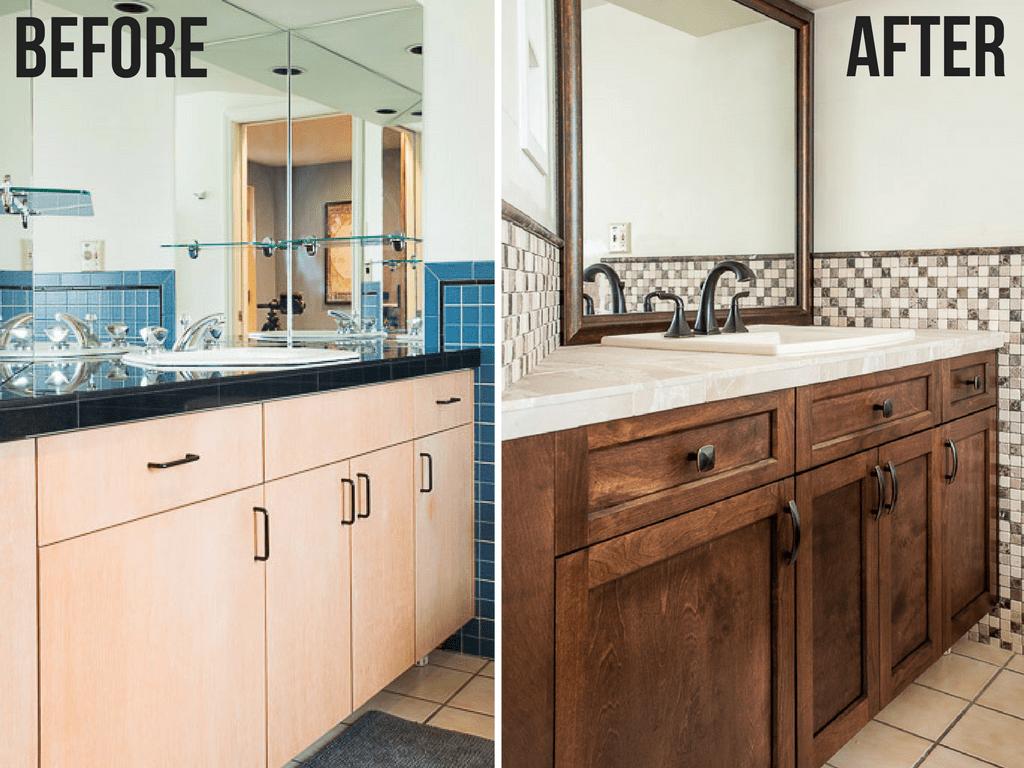How to Install a Bathroom Vanity Cabinet
Installing a new bathroom vanity cabinet can transform the look and functionality of your bathroom. Not only does it provide essential storage space, but it also serves as a focal point in the room. However, installing a vanity cabinet may seem like a daunting task, especially for those who are not experienced in DIY projects. But fear not, with the right tools and a step-by-step guide, you can easily install a bathroom vanity cabinet in no time.
Step-by-Step Guide for Installing a Bathroom Vanity Cabinet
Before diving into the installation process, it is important to have a clear plan and gather all necessary tools and materials. Here is a step-by-step guide for installing a bathroom vanity cabinet:
Step 1: Remove the old vanity cabinet (if applicable)
If you are replacing an old vanity cabinet, start by removing it from the wall. Turn off the water supply and disconnect the plumbing. Then, carefully remove the countertop, sink, and any screws or nails holding the cabinet in place.
Step 2: Measure and mark the placement of the new vanity cabinet
Measure the width and height of the new vanity cabinet and mark its placement on the wall with a pencil. Use a level to ensure the lines are straight.
Step 3: Cut holes for plumbing and electrical outlets (if needed)
If your new vanity cabinet has a different set-up for plumbing or electrical outlets, use a jigsaw to cut out the necessary holes on the back panel. Make sure to measure and mark the placement accurately.
Step 4: Assemble the vanity cabinet
Follow the manufacturer's instructions to assemble the vanity cabinet. This may involve attaching the back panel, shelves, and drawers to the main frame. Make sure everything is sturdy and secure before moving on to the next step.
Step 5: Install the vanity cabinet onto the wall
Place the vanity cabinet on its designated spot on the wall. Use screws and a drill to attach it securely to the studs. Make sure it is level and straight before tightening the screws.
Step 6: Connect the plumbing and electrical
If your vanity cabinet has a sink, connect the plumbing by attaching the faucet and drain to the sink. For electrical outlets, carefully attach them to the designated holes on the back panel.
Step 7: Install the countertop and sink
Place the countertop on top of the vanity cabinet and secure it with adhesive. Then, carefully place the sink on top of the countertop and attach it to the plumbing.
Step 8: Add finishing touches
Once everything is installed, add any finishing touches such as caulk around the edges of the sink and countertop, and install any hardware or decorative elements.
DIY Bathroom Vanity Cabinet Installation
While hiring a professional to install your bathroom vanity cabinet may seem like the easier option, it can also be quite expensive. If you are looking to save money, consider doing the installation yourself. With the right tools and following the step-by-step guide above, you can successfully install a bathroom vanity cabinet on your own.
Essential Tools for Installing a Bathroom Vanity Cabinet
Before starting the installation process, make sure you have all the necessary tools and materials. These may include:
• Drill
• Screws
• Level
• Jigsaw
• Measuring tape
• Pencil
• Adhesive
Tips for a Successful Bathroom Vanity Cabinet Installation
Tip 1: Measure twice, cut once
Make sure to measure the placement and dimensions of the vanity cabinet accurately before cutting any holes or attaching it to the wall. This will save you time and prevent any mistakes.
Tip 2: Use a stud finder
When attaching the vanity cabinet to the wall, it is important to secure it to the studs for extra support. Use a stud finder to locate the studs and mark their placement before drilling any screws.
Tip 3: Don't forget about ventilation
Make sure to leave enough space for ventilation between the back of the vanity cabinet and the wall. This will prevent any moisture build-up and potential damage to the cabinet.
Common Mistakes to Avoid When Installing a Bathroom Vanity Cabinet
1. Not measuring accurately
As mentioned before, accurate measurements are crucial for a successful installation. Make sure to double-check your measurements before making any cuts or attaching the cabinet to the wall.
2. Not securing the cabinet to the studs
Attaching the vanity cabinet to the wall without securing it to the studs can result in a wobbly and unstable cabinet. Make sure to locate and drill into the studs for extra support.
3. Rushing the process
Installing a bathroom vanity cabinet takes time and patience. Rushing the process can lead to mistakes and potentially damage to the cabinet. Take your time and follow each step carefully.
Choosing the Right Bathroom Vanity Cabinet for Your Space
When it comes to choosing a bathroom vanity cabinet, there are a few things to consider:
1. Size and layout
Make sure to measure your bathroom space and choose a vanity cabinet that fits comfortably without crowding the room.
2. Style and design
Choose a vanity cabinet that complements the overall style and design of your bathroom. This will ensure a cohesive and visually appealing look.
3. Storage needs
Consider your storage needs and choose a vanity cabinet with enough drawers and shelves to accommodate your bathroom essentials.
Budget-Friendly Options for Installing a Bathroom Vanity Cabinet
If you are on a tight budget, there are still options for installing a bathroom vanity cabinet without breaking the bank. Consider purchasing a vanity cabinet from a thrift store or repurposing an old piece of furniture. You can also save money by installing the cabinet yourself instead of hiring a professional.
Professional vs. DIY Bathroom Vanity Cabinet Installation: Which is Right for You?
Deciding between hiring a professional or doing the installation yourself ultimately depends on your budget, time, and skill level. If you have the necessary tools and feel confident in your DIY abilities, then installing the vanity cabinet yourself can save you money. However, if you are short on time or not comfortable with DIY projects, hiring a professional may be the better option.
How to Measure and Prep Your Bathroom for a Vanity Cabinet Installation
Before starting the installation process, make sure to measure and prep your bathroom for the new vanity cabinet. This may involve removing any old cabinets, cleaning and painting the walls, and making sure the plumbing and electrical outlets are in the right place for the new cabinet.
Choosing the Right Vanity Cabinet for Your Bathroom

Factors to Consider
 When it comes to designing your bathroom, the vanity cabinet is one of the most important elements to consider. Not only does it provide storage space for your toiletries and other bathroom essentials, but it also sets the tone for the overall design of your bathroom. Choosing the right vanity cabinet can make or break the aesthetic and functionality of your bathroom. Here are some factors to consider when selecting a vanity cabinet for your bathroom:
1. Size and Layout:
The size and layout of your bathroom will play a significant role in determining the size and style of your vanity cabinet. If you have a smaller bathroom, you may need to opt for a more compact vanity cabinet to save space. On the other hand, if you have a larger bathroom, you can go for a bigger vanity cabinet with more storage options.
2. Storage Needs:
Consider your storage needs when choosing a vanity cabinet. If you have a lot of toiletries and other items that need to be stored in the bathroom, you may want to opt for a vanity cabinet with multiple drawers and shelves. If you prefer a clutter-free countertop, you can choose a vanity cabinet with hidden storage options such as pull-out shelves or cabinets with doors.
3. Material and Style:
The material and style of your vanity cabinet should complement the overall design of your bathroom. For a more traditional look, you can go for a wooden vanity cabinet with intricate details and finishes. If you prefer a more modern and sleek look, a vanity cabinet made of metal or glass may be a better option.
When it comes to designing your bathroom, the vanity cabinet is one of the most important elements to consider. Not only does it provide storage space for your toiletries and other bathroom essentials, but it also sets the tone for the overall design of your bathroom. Choosing the right vanity cabinet can make or break the aesthetic and functionality of your bathroom. Here are some factors to consider when selecting a vanity cabinet for your bathroom:
1. Size and Layout:
The size and layout of your bathroom will play a significant role in determining the size and style of your vanity cabinet. If you have a smaller bathroom, you may need to opt for a more compact vanity cabinet to save space. On the other hand, if you have a larger bathroom, you can go for a bigger vanity cabinet with more storage options.
2. Storage Needs:
Consider your storage needs when choosing a vanity cabinet. If you have a lot of toiletries and other items that need to be stored in the bathroom, you may want to opt for a vanity cabinet with multiple drawers and shelves. If you prefer a clutter-free countertop, you can choose a vanity cabinet with hidden storage options such as pull-out shelves or cabinets with doors.
3. Material and Style:
The material and style of your vanity cabinet should complement the overall design of your bathroom. For a more traditional look, you can go for a wooden vanity cabinet with intricate details and finishes. If you prefer a more modern and sleek look, a vanity cabinet made of metal or glass may be a better option.
Installation Process
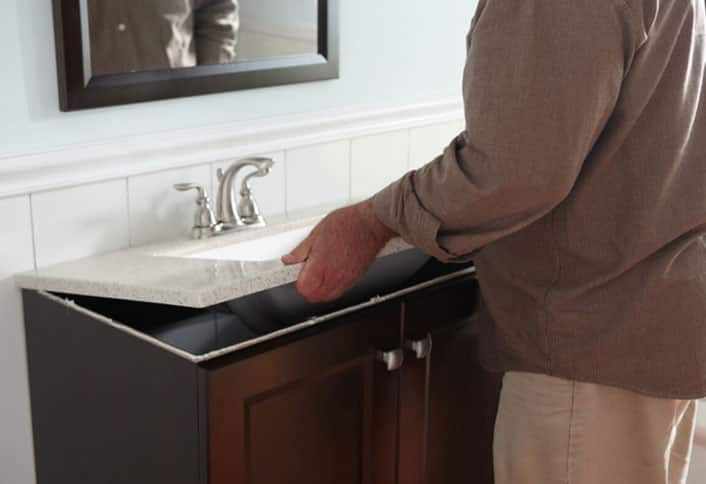 Once you have chosen the right vanity cabinet for your bathroom, it's time to install it. Here are the basic steps to follow:
1. Measure and Mark:
Measure the area where you want to install the vanity cabinet and mark it using a pencil. Make sure to take into account any plumbing or electrical fixtures that may be in the way.
2. Prep the Area:
Before installing the vanity cabinet, make sure the area is clean and free of any debris. If necessary, remove any baseboards or trim around the area.
3. Install the Vanity Cabinet:
Place the cabinet in the marked area and secure it to the wall using screws and a drill. Make sure it is level and securely attached.
4. Connect Plumbing:
If your vanity cabinet has a sink, connect the plumbing according to the manufacturer's instructions. If you are not familiar with plumbing, it's best to hire a professional to do this step.
5. Add Finishing Touches:
Once the vanity cabinet is installed, you can add the finishing touches such as attaching the countertop and backsplash, adding hardware, and caulk around the edges for a polished look.
In conclusion, choosing and installing a vanity cabinet for your bathroom may seem like a daunting task, but with careful consideration and the right steps, it can be a fun and rewarding experience. Remember to keep in mind the size, storage needs, material, and style of your bathroom when choosing a vanity cabinet and follow the proper installation process for a seamless and functional addition to your bathroom design.
Once you have chosen the right vanity cabinet for your bathroom, it's time to install it. Here are the basic steps to follow:
1. Measure and Mark:
Measure the area where you want to install the vanity cabinet and mark it using a pencil. Make sure to take into account any plumbing or electrical fixtures that may be in the way.
2. Prep the Area:
Before installing the vanity cabinet, make sure the area is clean and free of any debris. If necessary, remove any baseboards or trim around the area.
3. Install the Vanity Cabinet:
Place the cabinet in the marked area and secure it to the wall using screws and a drill. Make sure it is level and securely attached.
4. Connect Plumbing:
If your vanity cabinet has a sink, connect the plumbing according to the manufacturer's instructions. If you are not familiar with plumbing, it's best to hire a professional to do this step.
5. Add Finishing Touches:
Once the vanity cabinet is installed, you can add the finishing touches such as attaching the countertop and backsplash, adding hardware, and caulk around the edges for a polished look.
In conclusion, choosing and installing a vanity cabinet for your bathroom may seem like a daunting task, but with careful consideration and the right steps, it can be a fun and rewarding experience. Remember to keep in mind the size, storage needs, material, and style of your bathroom when choosing a vanity cabinet and follow the proper installation process for a seamless and functional addition to your bathroom design.






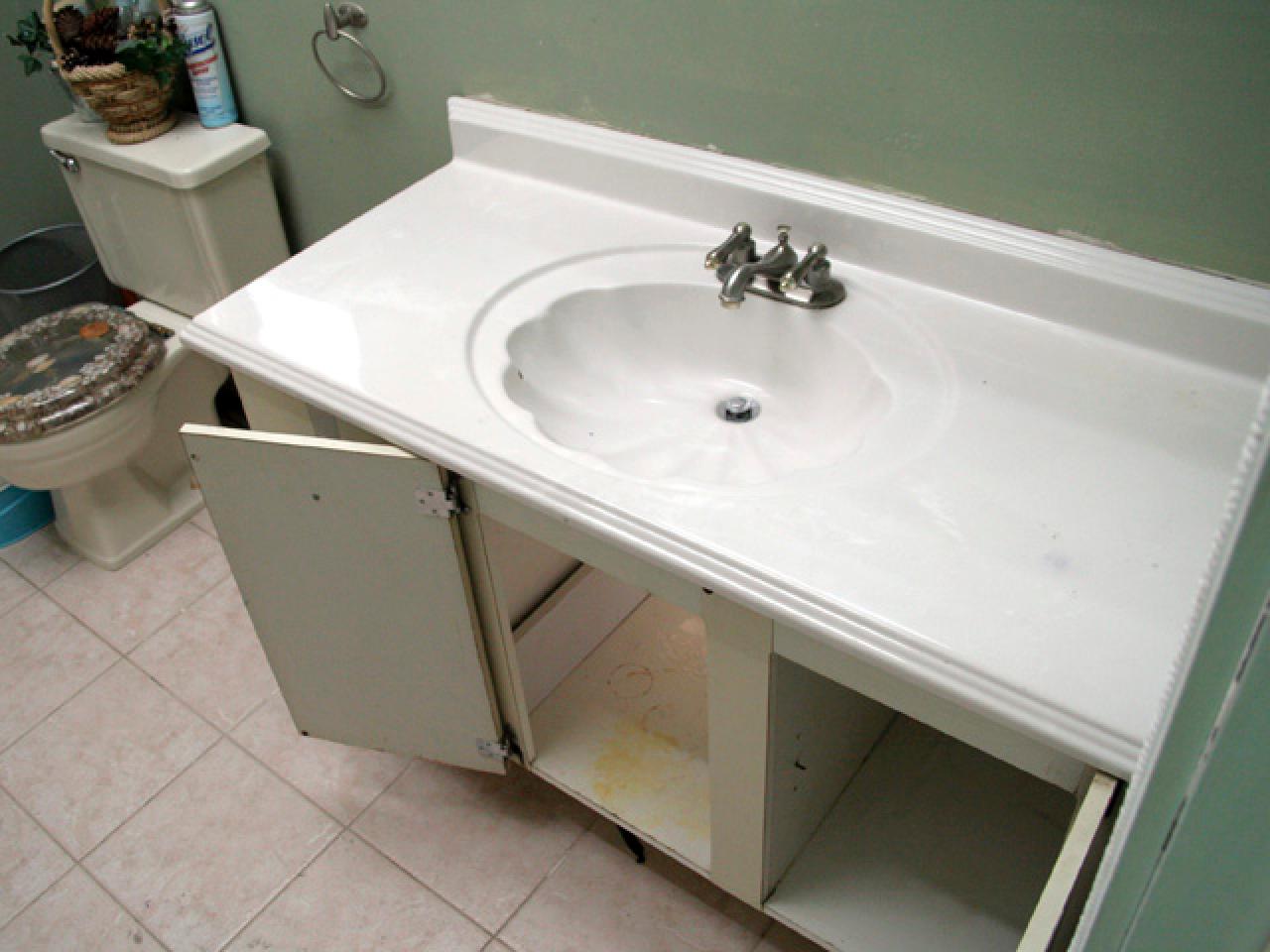

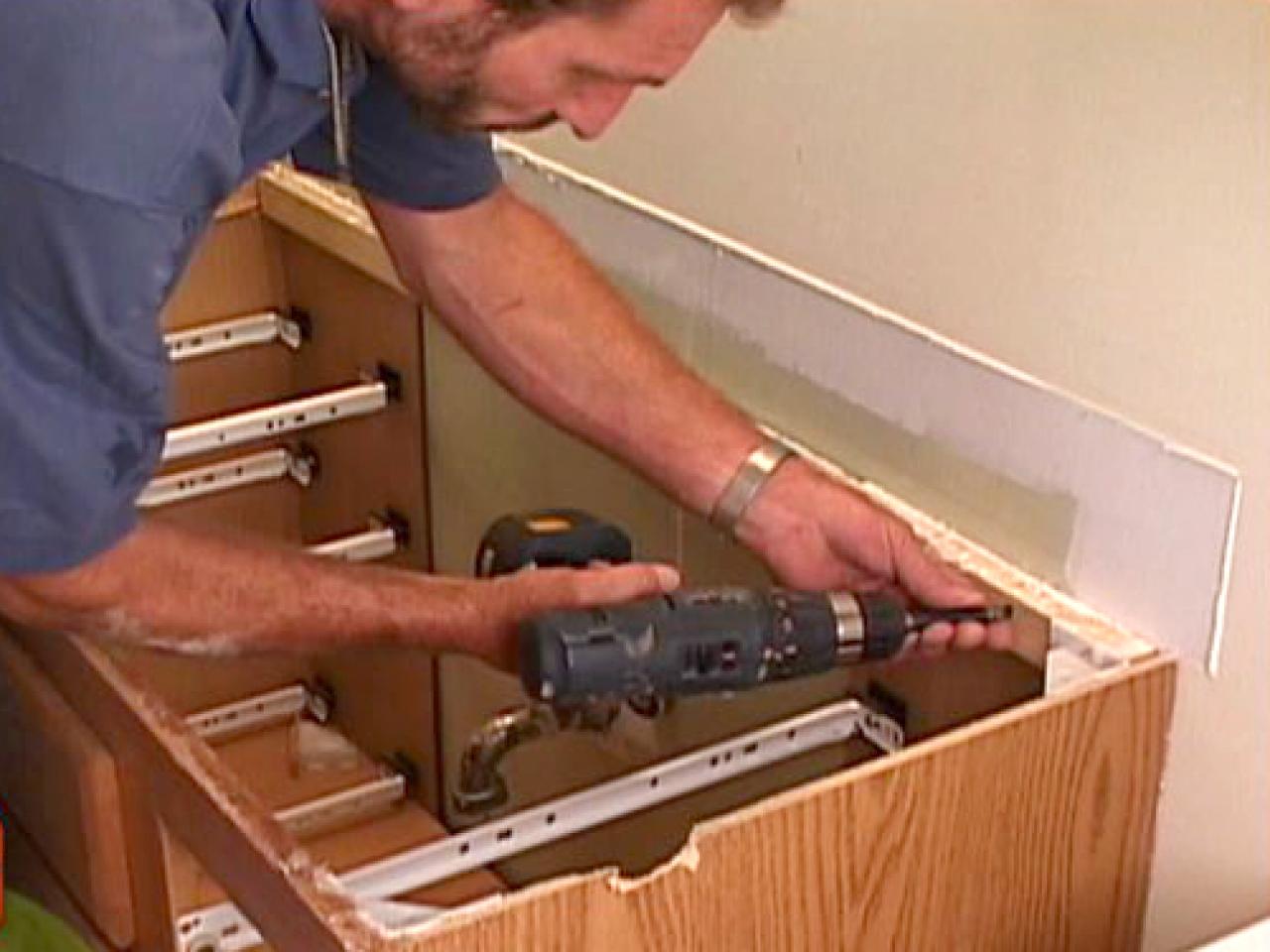



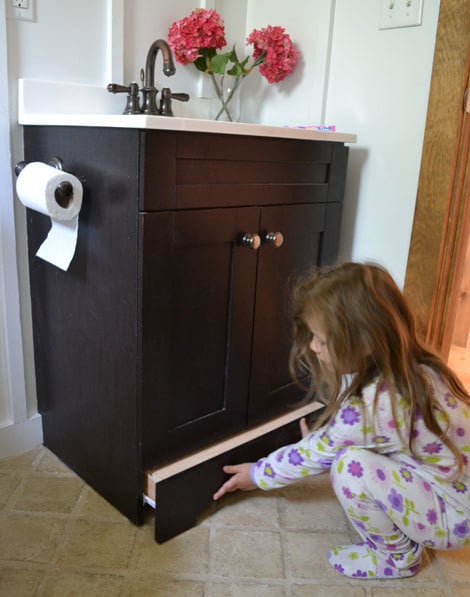




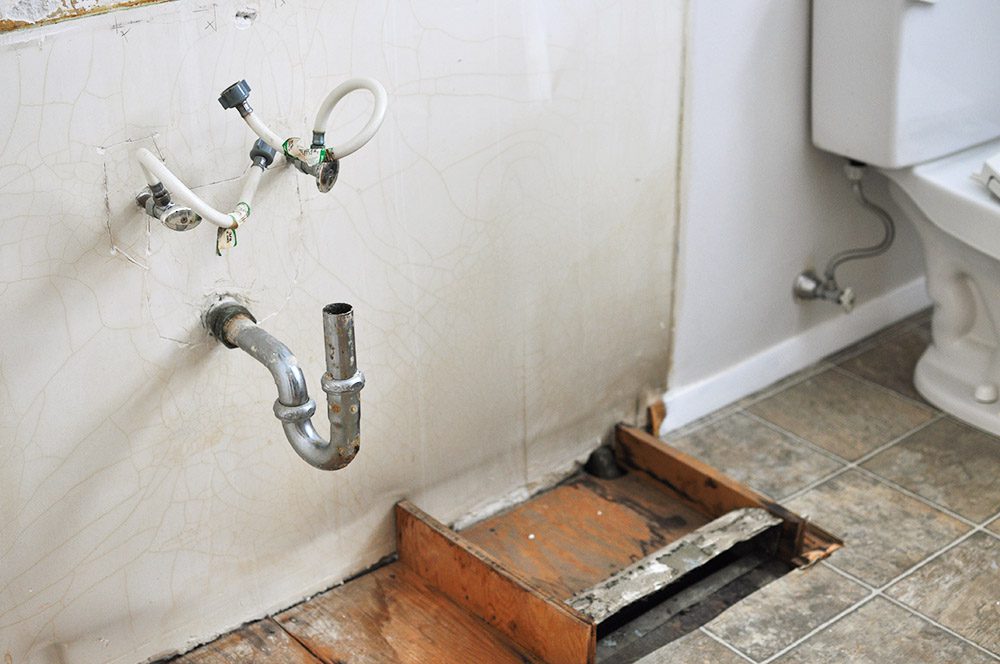





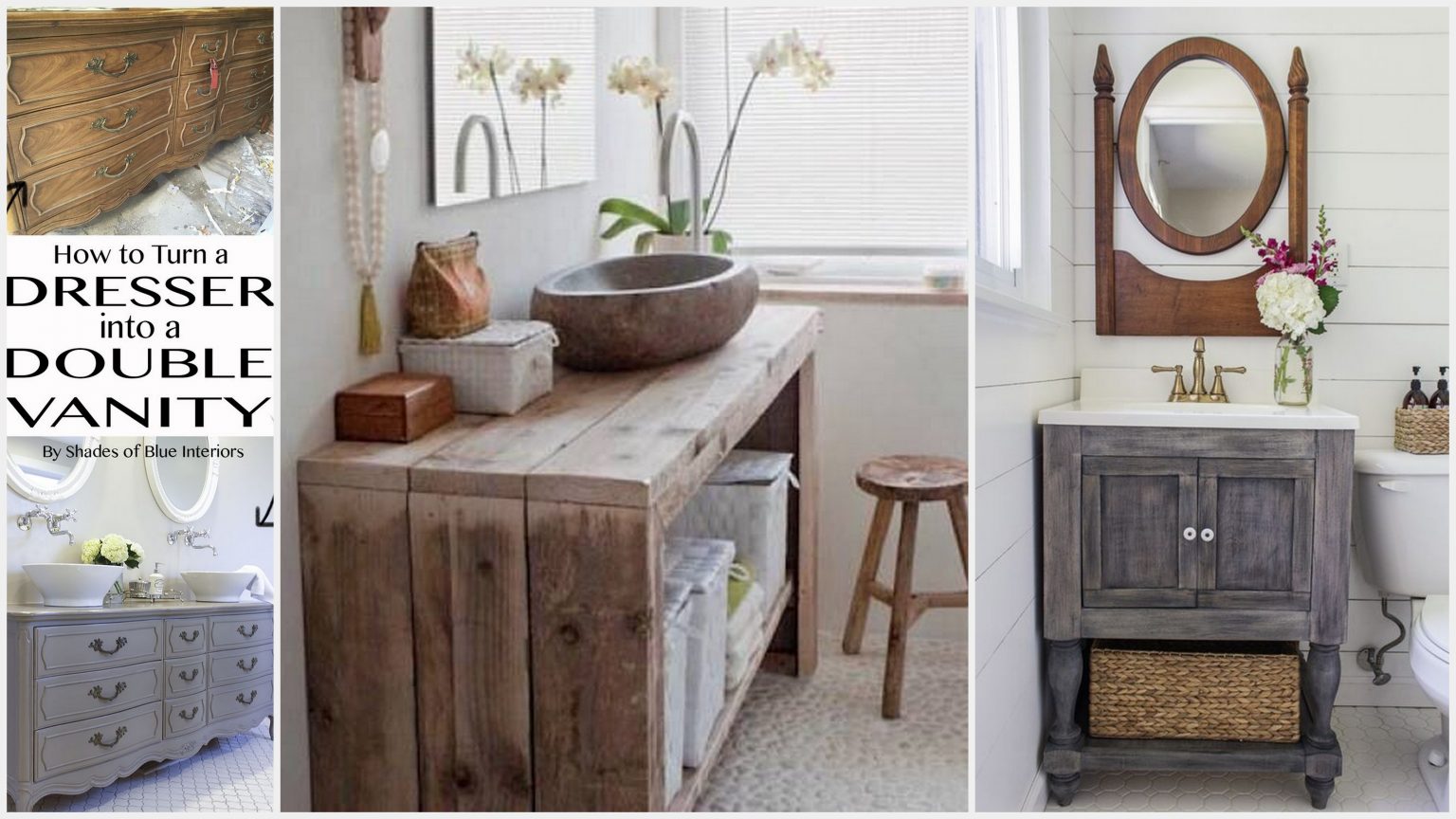
:max_bytes(150000):strip_icc()/build-something-diy-vanity-594402125f9b58d58ae21158.jpg)



